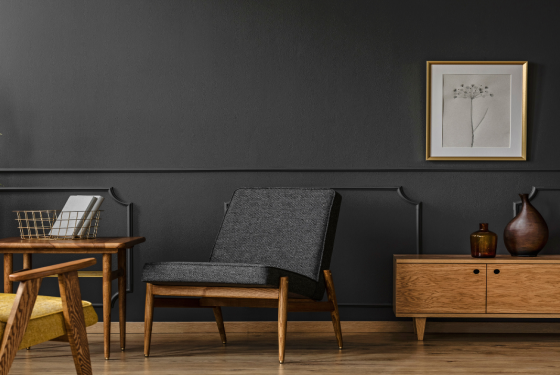
Wood stands out from other materials due to its physical, chemical, and mechanical properties. It possesses excellent physical properties such as hardness, strength, and density. Wood does not rust and has good chemical properties. In terms of mechanical properties, it has elasticity, bending strength, and tensile strength.
Different types of wood have their own unique properties, even if they belong to the same species but are grown in different locations. For example, oak is known for its great strength but is difficult to work with, while beech is less firm but easier to machine.
The choice of material for furniture production has a significant impact on the design of the piece. While a well-thought-out design can sometimes be adapted to different materials, choosing wood as the primary material enhances the quality of the design.
Wooden furniture is highly elastic and requires minimal maintenance. It is long-lasting and can withstand constant use. Wood furniture can be sanded, painted, or repainted to give it a new look over time.
Advantages of wooden furniture include its aesthetic appeal, structural integrity, durability, and easy maintenance. Wood comes in various colours and tones, and skilled carpenters can innovate the design, increasing its aesthetic value. Wood is also a renewable building material and has a lower carbon footprint compared to other materials. Supporting the local wood industry can contribute to the local economy.
Wood furniture can fit into any interior design pattern, whether modern or rustic, making it versatile. However, wood is susceptible to decay due to both abiotic factors (mechanical, physical, and chemical influences) and biotic factors (microorganisms and xylophagous insects).
The preparation of materials for furniture production involves creating a systematic list (nomenclature) of all types of materials used in production. Materials are categorised as basic materials, auxiliary materials, and consumables based on their role in the production process.
Wood's influence on the design process for furniture manufacturing requires designers to understand the nature of the raw material, considering its mechanical properties and the variations between different types of wood. Factors such as user requirements, dimensions, reliability, and user experience also need to be considered. The design process includes planning, defining product specifications, concept design, product architecture, industrial design, and production.
Overall, wood is valued for its unique qualities in furniture production, and the choice of wood as the primary material can greatly impact the quality, aesthetics, and durability of the furniture.